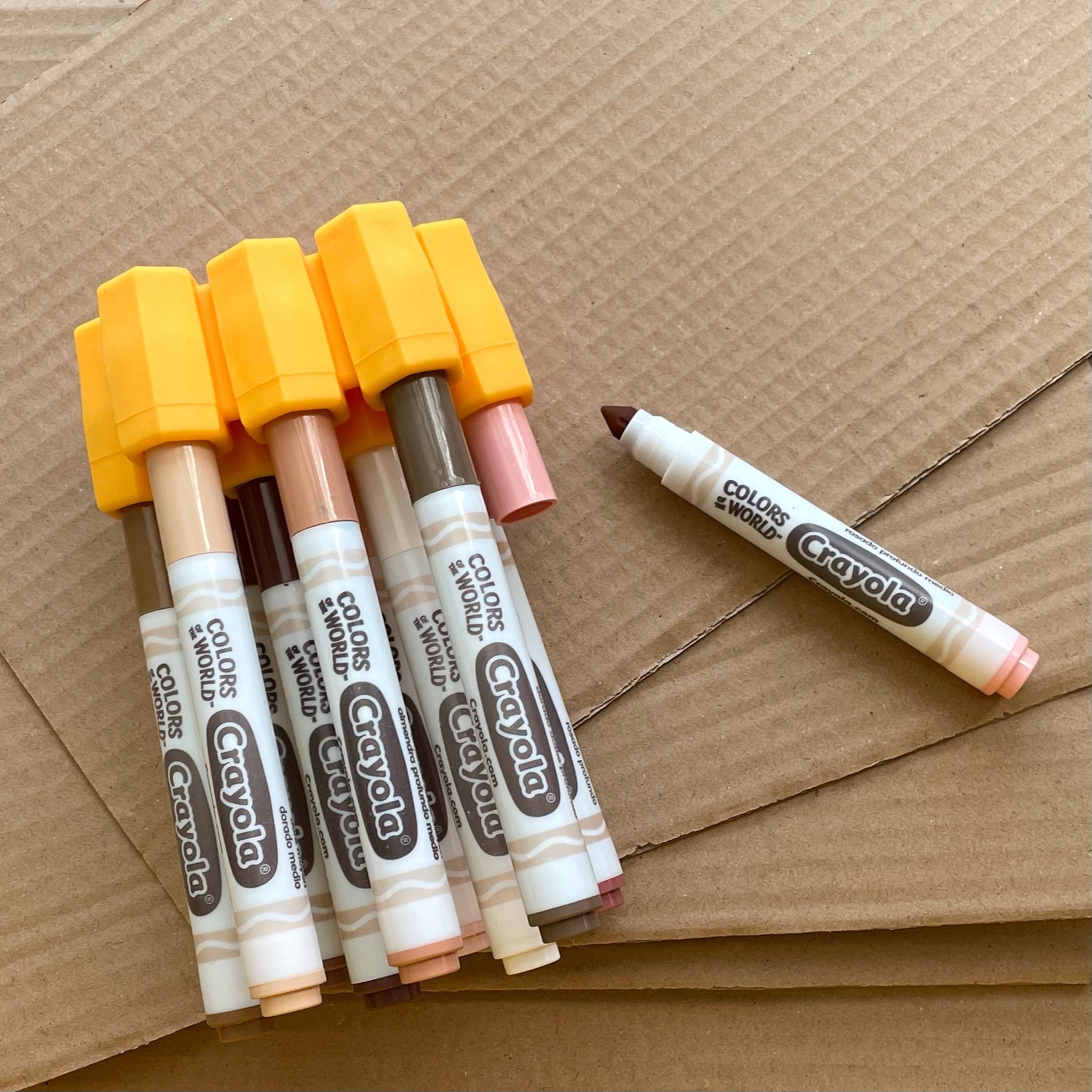
Welcome to the world of preschool teaching, where creativity, imagination, and organization go hand in hand! As a preschool teacher, you have the incredible task of creating a classroom that sparks curiosity and sets the stage for lifelong learning. An organized environment not only keeps the chaos at bay but also cultivates a sense of order and excitement among your little learners. In this blog post, we'll dive into some practical tips and ideas that will help you become a classroom organization superstar!
1. Create Clearly Defined Learning Areas:
Dividing your classroom into specific learning areas helps children understand the purpose of each space and facilitates easy transitions between activities. Consider including areas such as a reading corner, a writing center, a sensory table, a block area, and a quiet area for individual activities. Clearly label each area with visuals and signs, making it easier for children to identify and navigate.
2. Optimize Storage Solutions:
Preschool classrooms are filled with numerous materials, supplies, and resources. Efficient storage solutions are key to maintaining an organized space. Use labeled bins, baskets, and shelves to categorize and store materials, toys, books, and definitely our Marker Parker Grip-Tight Coloring Organizer to keep markers and caps from rolling away and getting lost! Clear, stackable containers allow easy visibility and accessibility. Involve children in the organization process by labeling the containers with pictures, enabling them to participate actively and independently.
3. Utilize Visuals and Labels:
Visual cues and labels play a crucial role in preschool classroom organization. Incorporate visual schedules, task charts, and labels for various materials, shelves, and learning areas. Color coding can be particularly helpful in identifying different categories, such as art supplies, books, or toys. Simple visual reminders like pictures or icons help non-readers understand and follow routines independently.
4. Establish Daily Routines:
Establishing consistent daily routines provides a sense of structure and predictability, promoting a calm and organized classroom atmosphere. Create a visual schedule that outlines the sequence of activities throughout the day. Include transition songs or signals to help children smoothly move from one activity to another. Morning arrival routines, circle time, small group activities, and clean-up routines should be clearly defined and practiced regularly.
5. Streamline Materials and Rotations:
Preschool classrooms can quickly become cluttered with an abundance of materials. To maintain organization, periodically evaluate and streamline your materials. Remove items that are damaged, outdated, or no longer relevant to the curriculum. Consider rotating toys and materials to keep the environment fresh and engaging. Introduce new resources gradually to avoid overwhelming both children and the physical space.
6. Foster Independence:
Empowering preschoolers with independence helps them take ownership of their learning environment. Ensure materials and supplies are easily accessible to children at their height level. Label drawers, shelves, and cubbies with both pictures and words to promote literacy skills. Teach children how to tidy up and return materials to their designated places after use. Encourage self-help skills like putting on jackets or cleaning up spills, fostering a sense of responsibility and order.
7. Safety Considerations:
Classroom organization should also prioritize safety. Keep pathways clear of obstacles and ensure that furniture and equipment are securely anchored to prevent accidents. Store hazardous materials, such as cleaning supplies or sharp objects, out of reach or in locked cabinets. Regularly inspect and maintain classroom equipment to ensure its proper functioning.
So, dear preschool teachers, let's embrace the magic of organization and create a classroom that becomes a second home for our little ones. Remember, it's not about perfection, but about finding systems and strategies that work for you and your unique group of children. By implementing these practical tips and infusing your own creativity, you'll be well on your way to mastering the art of classroom organization. So roll up your sleeves, let your imagination soar, and enjoy the rewarding journey of creating an organized and engaging learning space for your preschoolers. With the help of practical tips like creating clearly defined learning areas, optimizing storage solutions with tools like the Marker Parker Grip-Tight Coloring Organizer, utilizing visuals and labels, establishing daily routines, streamlining materials and rotations, fostering independence, and prioritizing safety considerations, you'll be able to create a classroom environment that promotes exploration, creativity, and a love for learning.
Welcome to the world of preschool teaching, where creativity, imagination, and organization go hand in hand! As a preschool teacher, you have the incredible task of creating a classroom that sparks curiosity and sets the stage for lifelong learning. An organized environment not only keeps the chaos at bay but also cultivates a sense of order and excitement among your little learners. In this blog post, we've explored practical tips and ideas to help you become a classroom organization superstar. Remember, an organized classroom is not only visually appealing but also contributes to smoother transitions, increased independence, and enhanced learning experiences for your students.
So, let's dive in and transform your preschool classroom into a well-organized and inspiring space! By implementing these strategies and incorporating your own unique touch, you'll create an environment that fosters exploration, creativity, and a love for learning. Embrace the magic of organization and watch your little ones thrive in their organized and engaging learning environment. Happy organizing!
Written in partnership with Arena Prints screen printing.
